Colombia, as many of you may have seen it in various movies and news, and is filled with things that cannot be detailed.
But in the world of coffee, it has to be said that Colombia is an amazing presence. Not only is it the third largest producer of coffee in the world, but the way coffee is processed has been taken to new heights by them. This piece takes a look at Colombian coffee.
Basic information
Republic of Colombia (Spanish: República de Colombia), commonly known as Colombia, is a country in northwestern South America and the third largest country in Latin America, a former member of the Union of South American Nations (which withdrew in August 2018). It is bordered by the Caribbean Sea to the north, Venezuela to the east, Brazil to the southeast, Peru and Ecuador to the south, and Panama and the Pacific Ocean to the west. Colombia is a very diverse country due to waves of migration from Europe, the Middle East and Asia in the 19th and 20th centuries. In the 1980s and 1990s, the country experienced a war against drug trafficking, with extremely high murder and crime rates, and although the quality of life and security have improved slightly since the beginning of the 21st century, the country is still home to the heart of drugs, drug dealers, and drug cultivation, and security remains poor, making it one of the most dangerous countries in the world.
It is the only Latin American partner of NATO and one of the 38 OECD member countries.
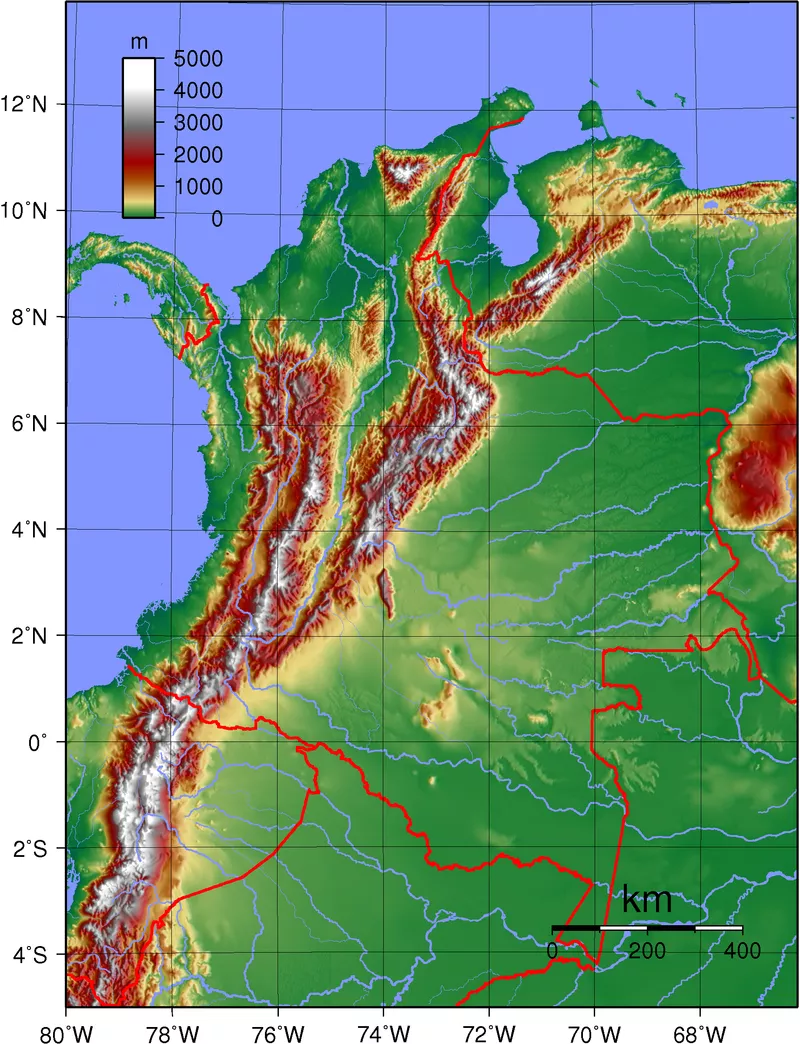
Colombia is located in northwestern South America, in the tropics, and its territory is divided into the eastern plains and the western mountains, with a climate that varies according to the terrain. The climate varies according to the terrain, with a tropical rainforest climate in the southern part of the eastern plains and along the Pacific coast, a subtropical climate in the mountains at altitudes of 1000 - 2000 m, and a savanna climate in the northwest. The average annual temperature: 15.8 - 20.5°C. The average temperature in the coffee region will vary between 18°C - 22.5°C. Due to the differences in geographic and climatic characteristics, whether you want a round and rich tasting coffee or a vibrant, fruity coffee, you should be able to find it in Colombia.
Coffee History
Colombia is the third largest coffee producer in the world, and was the second largest producer after Brazil until Vietnam (which produces mainly Robusta coffee) entered the coffee market.
According to the report "The World's Top Coffee Producing Countries", Colombia ranks third in the world in terms of production in 2020. A total of 14.3 million bags (about 858,000 tons) account for 8.4% of global production. Unlike Brazil and Vietnam, Colombia only grows Arabica.
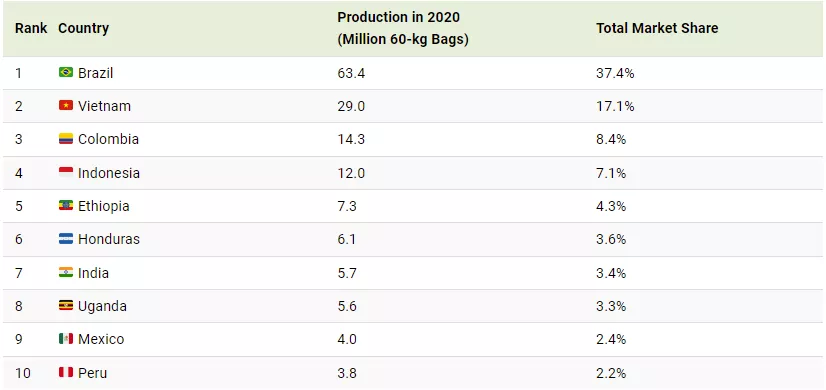
Colombian coffee production in 2021 totals 12.6 million bags, according to data from the Colombian National Coffee Growers' Union (FNC). This is 9% lower than in 2020 and the lowest level in the last seven years (production was 12.01 million bags in 2014 and has not been lower than 13 million bags since).
The reduction was mainly due to excessive rainfall caused by La Niña and anti-government marches across the country in May.
Despite this, still an extremely productive coffee producer, its success did not happen overnight.
After collating the history of several coffee origins, it suddenly became clear that the spread of coffee is inextricably linked to religion, as is the case in Colombia.
A priest named Francisco Romero was considered very influential in the spread of the crop in the northeastern part of the country. He heard confessions from residents in his parish and told these people to 'atone for their sins' by growing coffee. The first coffee plantings were in northern Colombia, in the departments of Santander and Boyacá.
In 1808, the first commercial registration of 100 sacks of raw coffee beans (60 kg each) was made and exported from the port of Cúcuta, near the Venezuelan border.

Despite these early developments, the position of coffee as a Colombian export commodity was not consolidated until the second half of the 19th century.
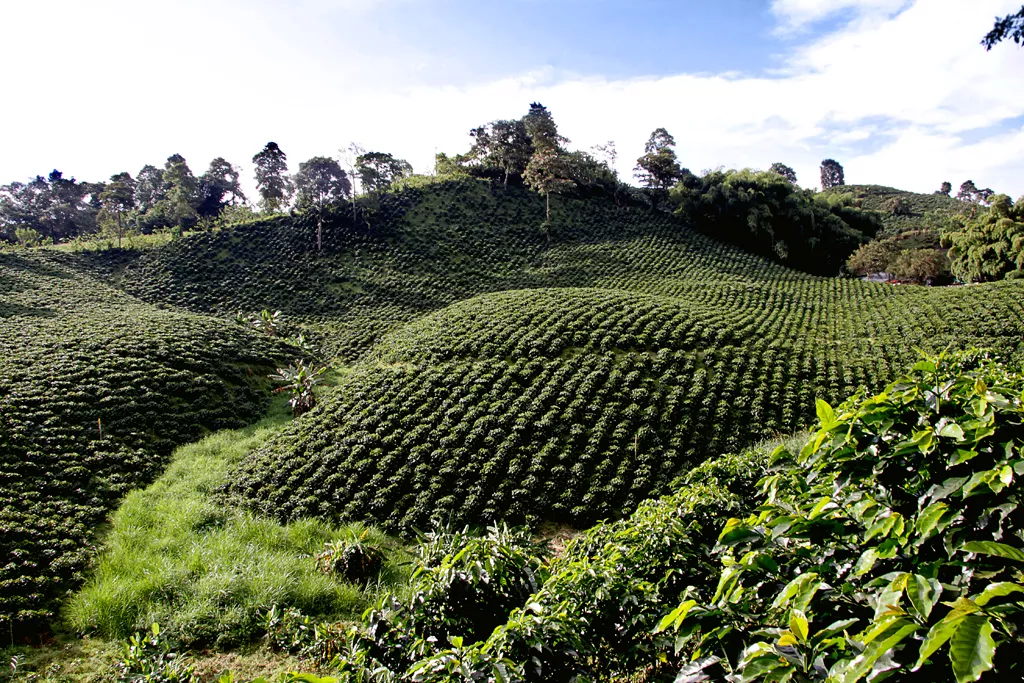
The great Colombian landowners of the time were already trying to take advantage of the new opportunities offered by the expansion of international markets. between 1850 and 1857, the country's exports of tobacco and Quinine exports increased dramatically between 1850 and 1857, followed by leather and live cattle.
The profitability of large estates plummeted during this period from the 19th to the 20th century. The Thousand Day War that occurred in the first years of the new century also had a negative impact on important landowners, making it impossible for them to maintain their plantations. This caused the coffee estates of Santander and North Santander to fall into crisis, and the estates of Cundinamarca and Antioquia to stagnate.

Since 1875, the number of small coffee producers has begun to spread in Santander and in certain areas of Antioquia, as well as in the region Since 1875, the number of small coffee producers has begun to spread in Santander and in certain Antioquia regions, as well as in the area known as Viejo or Old Caldas. The expansion of this new coffee model in Antioquia, Caldas, Valle and northern Tolima in the first decades of the 20th century all enabled the western region of Colombia to lead the country's coffee industry.
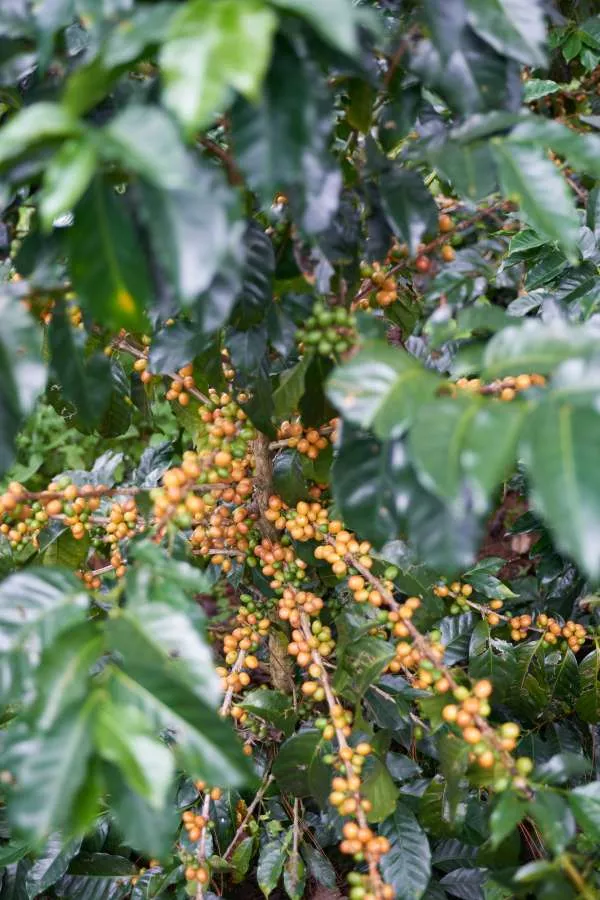
Coffee cultivation is a very attractive option for local farmers, as it offers the possibility of permanent and intensive use of the land. In this traditional mode of agricultural production, based on slash-and-burn farming, the land is permanently unproductive; in contrast, coffee offers the possibility of having intensive agriculture.
Between 1905 and 1935, Colombia's coffee industry flourished thanks to the Federación Nacional de Colombia (National Federation of Colombian Coffee Growers) in 1927, whose goal was to obtain a fair and reasonable price for farmers on their behalf.
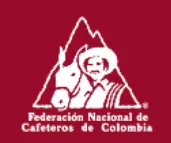
However, as the effects of the Great Depression of the late 1920s and 1930s spread, global coffee prices plummeted, causing many Colombian estates to go bankrupt.
In recent years, Colombia has planted approximately 875,000 hectares of coffee in 590 municipalities and 14 coffee-growing regions. Seventy-five per cent of the country's coffee is exported around the world, and its value represents between 10 and 16 per cent of agricultural GDP. Most of the production comes from small farms; 60 per cent of Colombian coffee farmers grow less than 1 hectare of coffee, while only 0.5 per cent of coffee farmers grow more than 20 hectares.
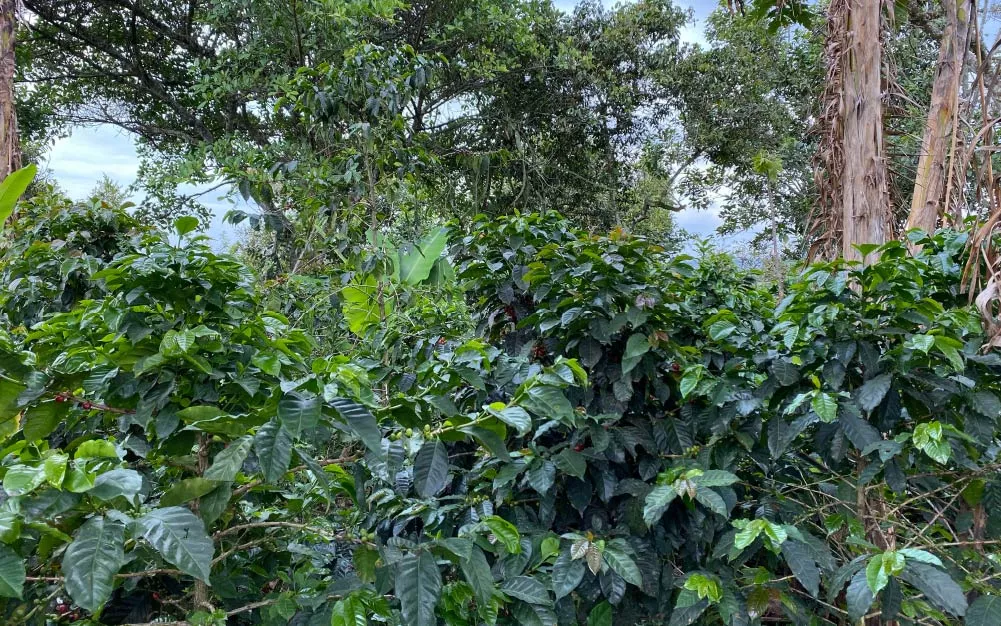
Coffee trees in Colombia are basically planted under shade trees and generally prefer tall trees or banana trees. Pergolas are built for the coffee trees during the seedling stage to ensure the cool, moist environment needed for coffee growth. Because of the high humidity and low temperature difference in the coffee forest, the coffee beans mature slowly, which facilitates the accumulation of caffeine and aromatic substances, and thus the best quality of coffee.
Coffee producing areas
The Colombian production area is well defined, with the latitudinal span of the region and the topography of the Andes, which divides it into three main regions, north, central and south, from south to north; the north-south season is relatively distinct, with two main and two secondary seasons in the centre, depending on whether it is north or south, respectively. There are two harvesting seasons a year, the main one from October to January and the secondary one from April to July.
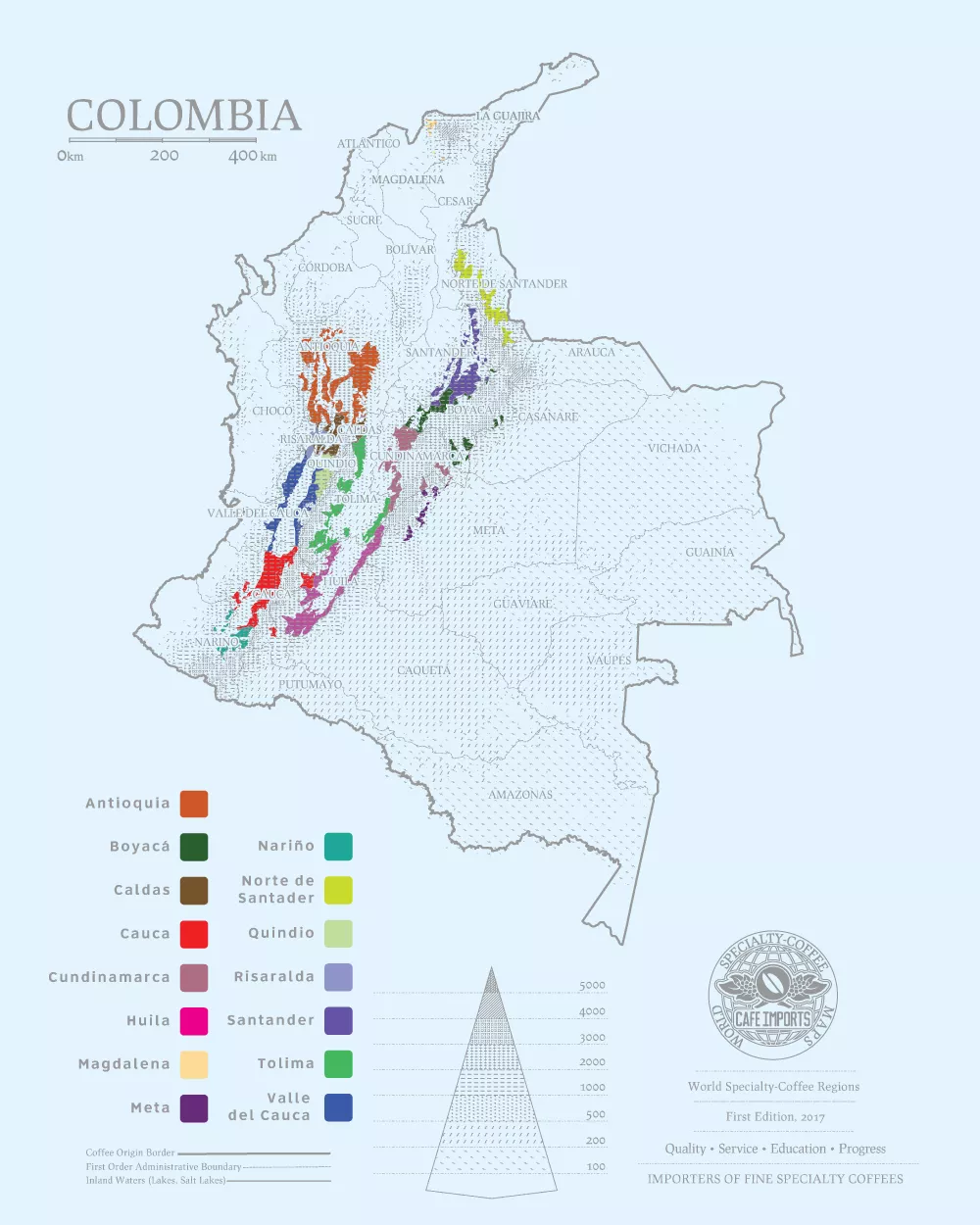
Colombia is best known for the Medellin, Armenia and Manizales regions. The most well-known regions in Colombia are Medellin, Armenia and Manizales, which are collectively known as MAM.
Colombia's boutique bean regions are predominantly southern, at altitudes above 1500 meters, and include San Augustin, Huila, Popayan, Cauca, Nariño, and Tolima, all of which offer exquisite tart and berry aromas with caramel notes and sweetness.
These appellations, as we look from north to south in order, are.
Santander
The Santander appellation is a well-known region in northern Colombia, bordering Magdalenaho to the west and planted at an altitude of about 1400-1600 m. A large number of shade coffees are grown here, many of which are Rainforest Alliance certified.
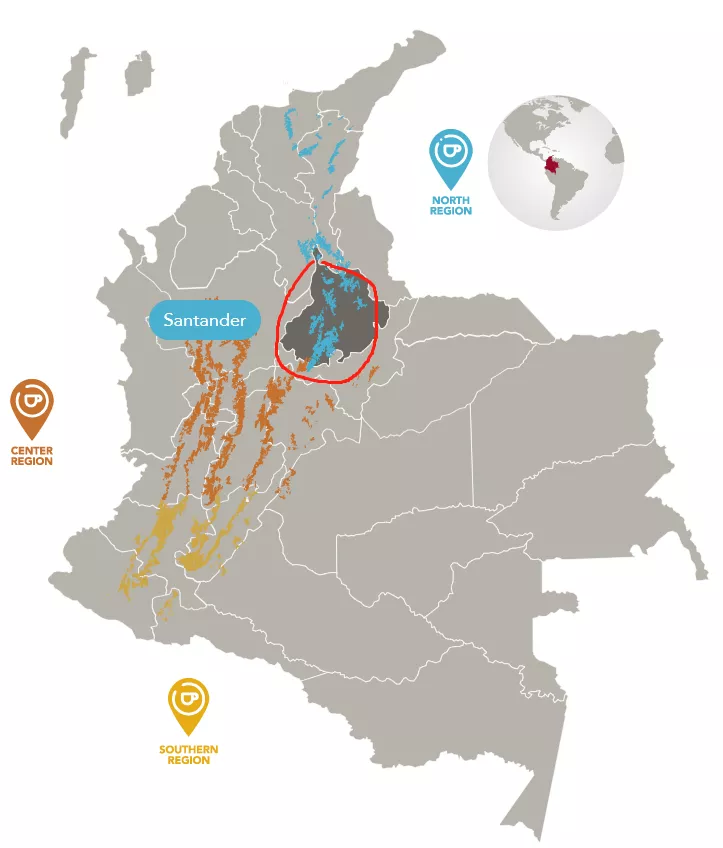
Antioquia (Antioquia)
Antioquia, located in north-central Colombia at an altitude of 1300-2200 meters, has 126,000 hectares under coffee cultivation and produces 18% of Colombia's coffee beans, second only to Huila.
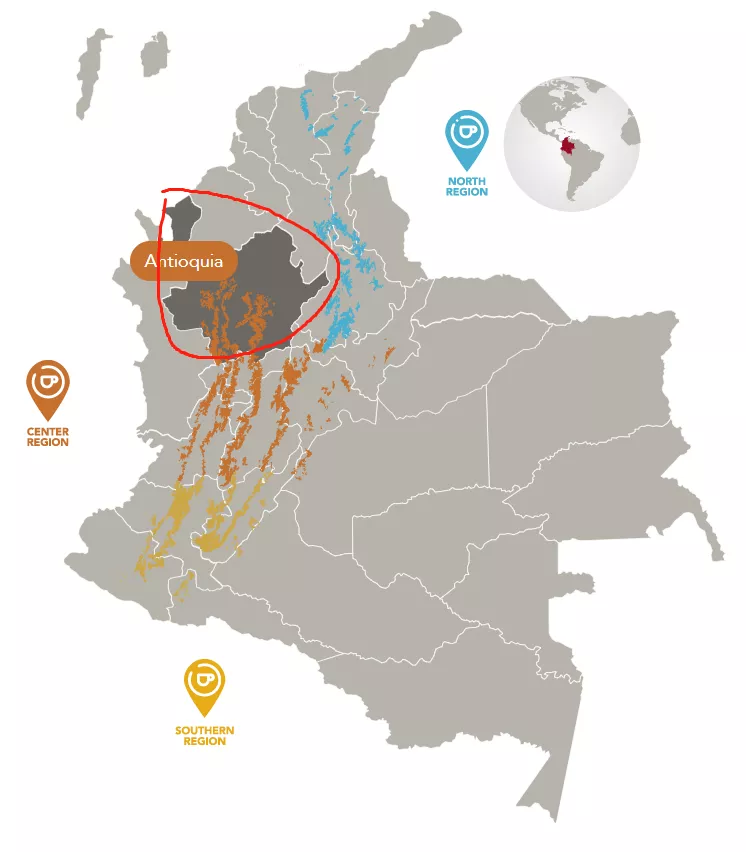
Most of the department is high in the Andes, but is blessed with warm Caribbean sea breezes. Medellin is the second largest city in Colombia, and the birthplace of Colombian coffee and FNC.
Tolima
Tolima is close to Huila and Cauca, which are criss-crossed by the M. Andes and M. Cordillera mountains, which run north-south, and the R. Magdalena river, which runs from south to north between the two famous mountain systems.
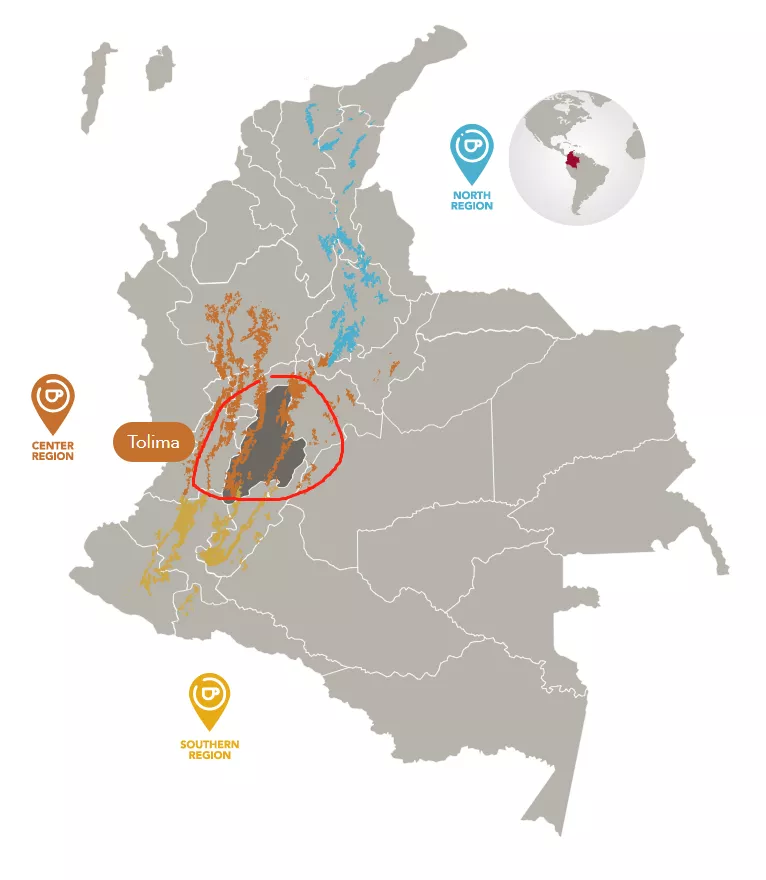
Tolima has an average altitude of 1544 m. Farms in general are slightly larger than those in other southern Colombian production areas, ranging from about 10-15 hectares. A cooperative format prevails here, with farmers sending their small batches of fresh coffee fruit to the cooperative's processing plant. Some farmers also choose to do their own processing, using their own processing facilities to process fresh fruit picked on the same day.
Huila
The province of Huilan is made up of the central and eastern ranges of the Andes, with most of the area located in the Magdalena Valley. This offers great variability in the weather: according to FNC data, the temperature on the farms varies from 17°C to 23°C. Most of these farms are at 1,200-1,800 m above sea level.
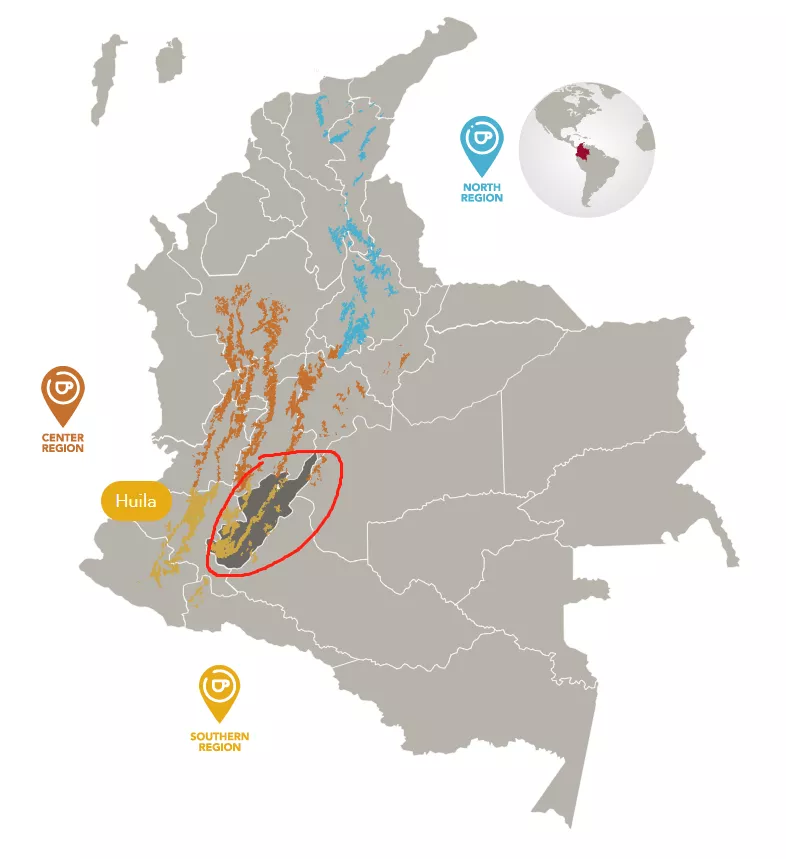
The country's most famous boutique coffee producing region, with the most complex and fruity coffee taste. There are 70,000 coffee farmers in the territory, with over 16,000 hectares under cultivation.
Cauca
The department of Cauca is a certified Colombian coffee-producing region of origin, with an average altitude of 1,685 m and a maximum altitude of 2,100 m. The topography, precipitation, temperature and volcanic soils of the region prepare the right conditions for the growth of coffee.
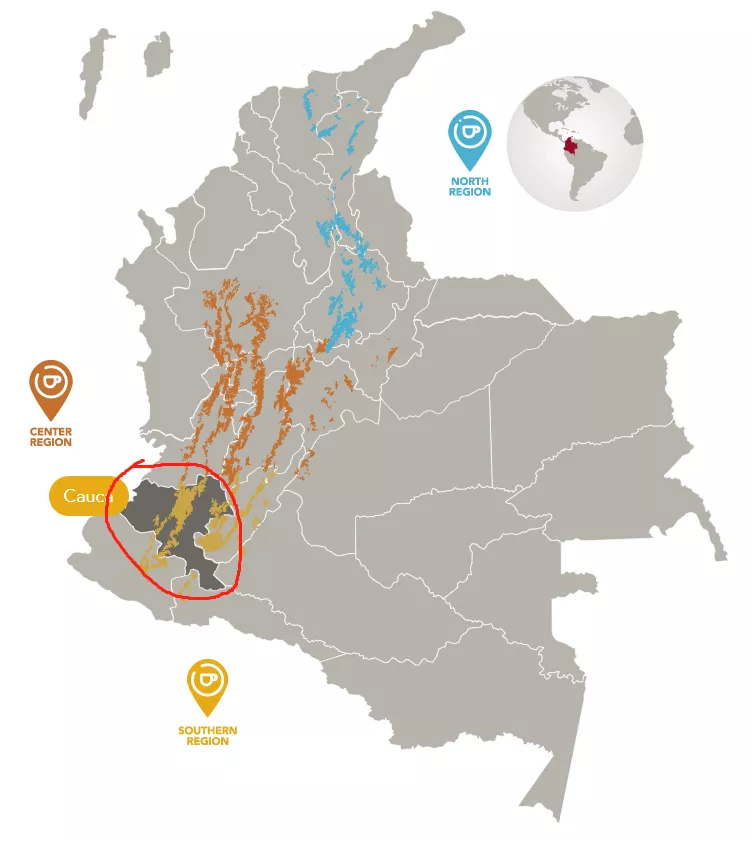
The major climatic difference between other production areas is the relatively large temperature difference, with an average daily temperature of 11°C and an average daytime temperature of 18°C. The difference between day and night temperatures is important factor in the composition of quality coffee. The lower night temperatures and the relatively higher altitude slow down the growth rhythm of the coffee, allowing the seeds and beans to absorb the nutrients of the coffee fruit more fully, and resulting in a better acidity and the special sweetness that Cauca is known for.
Nalinga/Nariño (Nariño)
Located in the southwest of the country, Nalinga Province is bordered by the Pacific Ocean to the west and Ecuador to the south, with the Andes crossing the province. Coffee is grown in the high altitude cloud belt at 1600-2300 meters on fertile volcanic geology, with small but full beans and a bright green color.
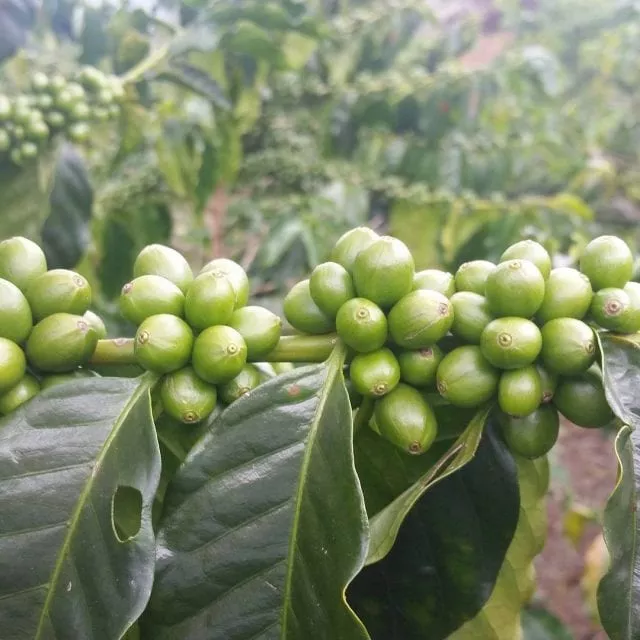
Castillo is a new coffee tree species born from a 5-generation cross between the Tim hybrid and the Caturra species. The Tim hybrid is a natural cross between Arabica and Robusta, so it is resistant to leaf rust and has tall plants, while the Caturra is a natural variant of the Bourbon species, with shorter plants that are susceptible to leaf rust but have high yields.
Tabi
Tabi means 'good' in the native language of the Colombian tribes.
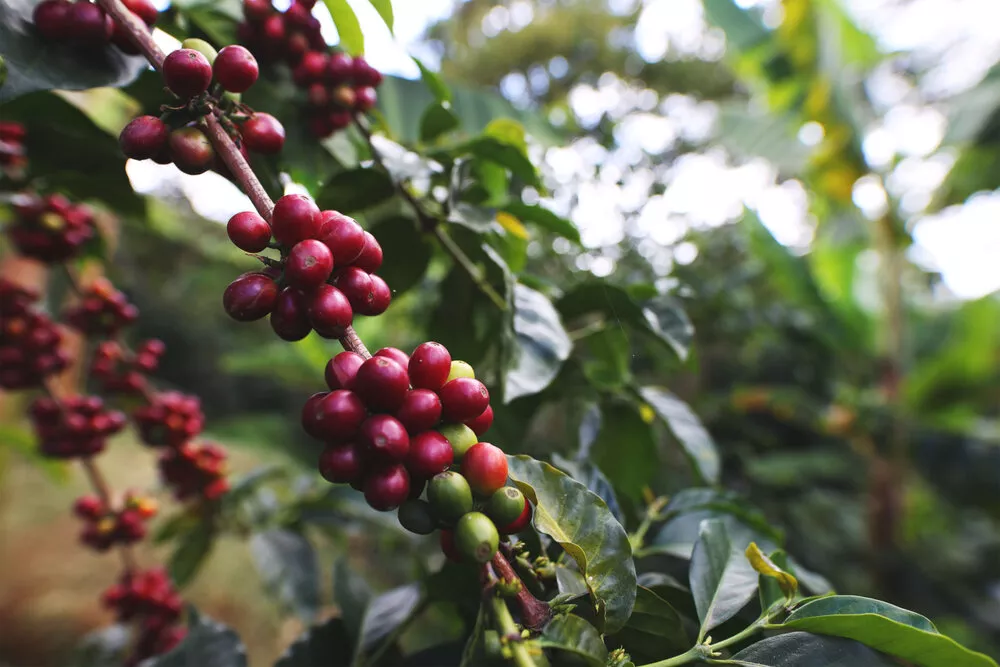 T
T
he Colombian Coffee Research Center (Cenicafe) introduced in 2002 a cross between Timor, Bourbon, and Typica cross between Timor, Bourbon, and Typica. It is a perfect inheritance of its parents: tall stature, excellent flavor from the Bourbon gene and Timor's disease resistance gene, a Supremo ratio of over 80%, and the ability to grow at high densities (3,000 per hectare, up from about 2,500 for Bourbon and Typica).
Grading of raw beans
Currently Colombian raw coffee beans are graded according to mesh size. The most common ones are UGQ (14 mesh and above), EP (15 mesh and above), Supremo (17 mesh and above). UGQ, EP and Supremo are all Excelso grades.
What is the Excelso level standard
The Excelso export grade is currently the most widely used export standard grade by FNC and is the best grade for Colombian raw bean exports. The specific criteria are.
- (a) After a rigorous screening process, raw coffee beans must be at least 14 mesh in size, with no more than 5% of the beans allowed to be between 12 and 14 mesh, and overall 50% of the beans must be larger than 15 mesh.
- Free of pests, uniform in colour, free of odour and clean in flavour.
- The moisture content must not exceed 12.5%.
- Defects cannot exceed a 24-point deduction.
Grading status
Broadly speaking, those most circulating in the market today fall into three broad categories.
- Excelso UGQ (1.5%): The full name of UGQ is Usual Good Quality. Raw bean size is above 14 mesh, 1.5% of raw beans are allowed between 12 mesh - 14 mesh, but must be above 12 mesh and more than 50% above 15 mesh.
- Excelso EP (10%): The full name of EP is European Preparation. The raw bean size is 15 mesh or more. 10% of the raw beans are allowed to be smaller than 15 mesh, but must be 14 mesh or more.
- Excelso Supremo (5%): raw bean size of 17 meshes or more, 5% of raw beans are allowed to be less than 17 meshes but must be at least 14 meshes.
Of course, in addition to this, Colombia also has a 16+ mesh called Extra, an 18+ mesh that is even larger than the Supremo called Premium, and a raw bean that is almost all uniformly sized at 15 mesh called Minama, etc.
treatment method
Conventional washing
Traditionally, most coffee from Colombia is processed by a completely water-washed method. Each small farmer's family has a small special processing machine (Ecomill or Eco-Pulper) into which the harvested coffee is poured to remove the skin and pulp, and even most of the pectin, with minimal water consumption. Next, the shelled beans with residual pectin go into a small pool or container to ferment overnight, loosening any remaining pectin and rinsing them off with water the next day, completing the washing process.
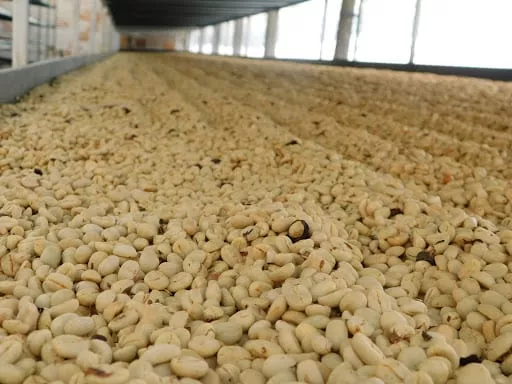
In most of Colombia, the process of drying parchment is unique in that small farmers lay it on the flat roofs of their houses in the sun dried in the sun. Polyethylene tunnels and parabolic beds are also used on farms at high altitudes and in cold weather conditions.
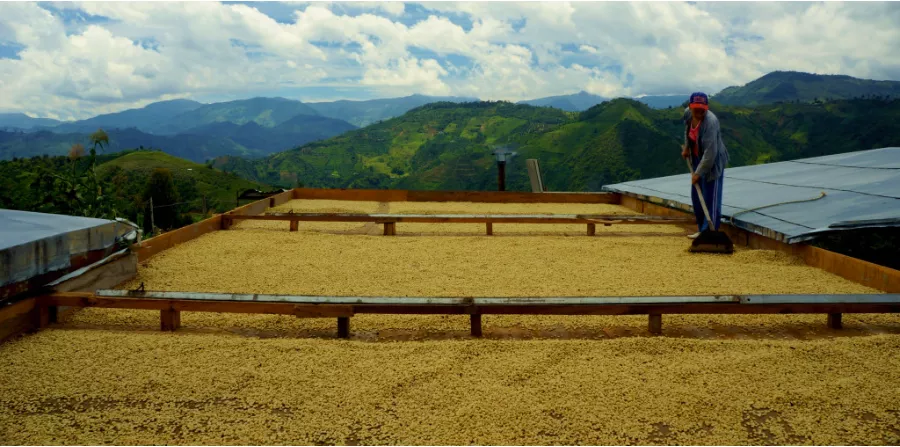
The parabolic bed is constructed somewhat like an arched greenhouse, with airflow ensured through openings at each end, both to protect the parchment from rain and fog as it dries, and to prevents condensation from dripping on the dried beans.
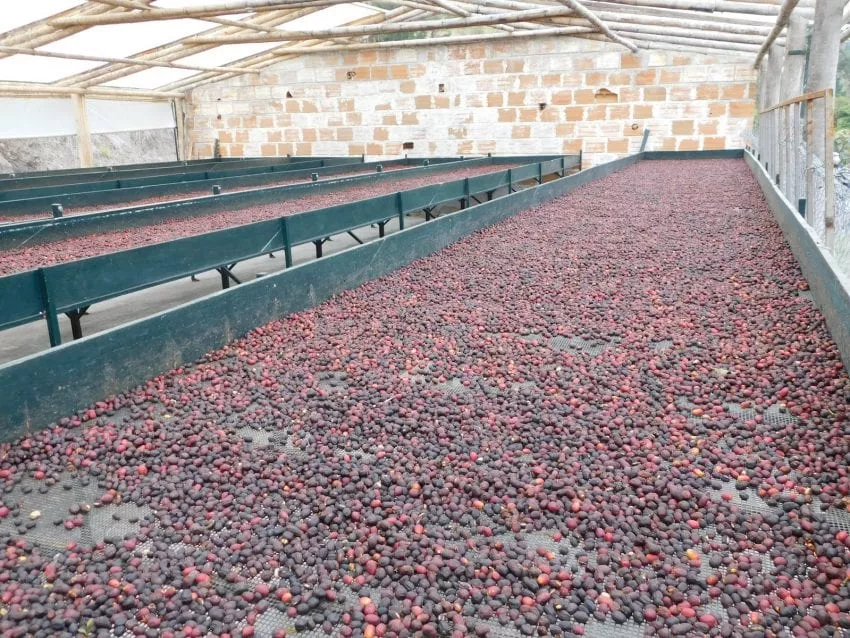
If the weather is bad and rainy, then use a dryer to dry it, which will have an inlet air temperature control, usually around 50°C.
Special treatment method
In addition to the traditional wash, Colombia has a small number of sun and honey treatments. But in the last two years, Colombia has begun to indulge in various hunting special treatments, and in the following picture, from a raw bean dealer's Colombia bean list, note the treatments.
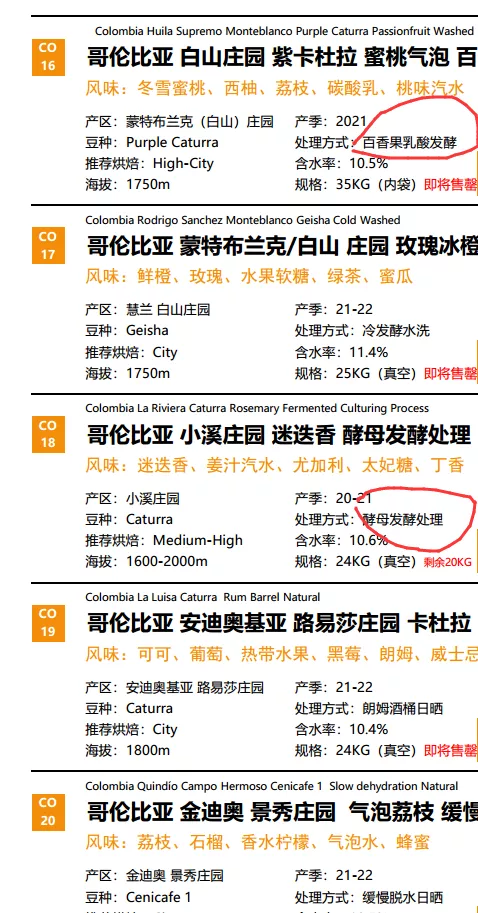
There are a lot of more interesting treatments, so I'll use one of the beans I'm impressed with, the one pictured below, to talk about " Double lactic acid CO2 maceration for 240 hours " of this treatment.

Processing:
- Prepare the lactic acid bacteria needed to process the coffee cherries 15 days before fermentation.
- After presenting the unripe coffee cherries, the fermentation stage is entered. The fermenter is filled with pre-prepared lactic acid bacteria and a mixture of plant and fruit juices (special maceration technique). Carbon dioxide is injected, as appropriate, to maintain the pH value in the tank at 3.7.
- The pulp removed coffee cherries were soaked in a fermenter for 240 hours, then cleaned with water and left to dry for 18 days in a shaded trellis.
This treatment is just an example, but there are actually a lot of strange treatments in Colombia right now. Although it is a bold attempt to treat the coffee, I think these special treatments are still a kind of destruction of the taste of the coffee itself. Shouldn't you drink coffee as it is?
That said, I do recognize the advancements in coffee processing technology. The benefit of the special treatment is its precise flavor pointing, giving many coffee beginners a confidence to taste. And by abandoning the extremes of acidity and bitterness, the coffee has become sweeter and better. That's a good thing, but it may also no longer be acceptable for the coffee's own flavor.
How the special treatment interferes with the normal flavor of the coffee is open to debate, but at the very least the market performance and consumer acceptance is getting stronger, which is probably a good thing.
Coffee Organization
FNC(National Federation of Coffee Growers of Colombia)
In 1927, Colombian coffee growers banded together to create an international organization to represent their country and work to improve the income and quality of life of coffee farmers.
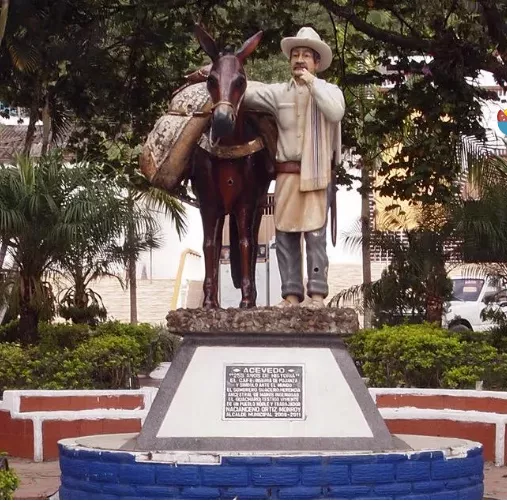
FNC Image IP: Uncle Juan Thus, the Colombian Coffee Growers Federation (FNC) was born, and today it is considered one of the largest rural NGOs in the world. The FNC is a non-profit organization and is not affiliated with any political party.
FNC, formed a National Coffee Fund (FONC) funded primarily by tax donations based on pounds of coffee exported, the fund can fund public goods and services for all Colombian coffee growers, such as purchasing deposits and technical research to market Colombian coffee well and help make Colombian coffee the best washed coffee.
Colombia Land of Diversity
Colombia Land of Diversity (LOD, translated as Land of Abundance). is a national coffee quality competition prepared by Colombia for its own country, in which every Colombian coffee grower can participate. The competition is organized and run by the Colombian Coffee Growers Federation (FNC) and rewards Colombian coffee growers for their efforts, dedication and commitment to quality.
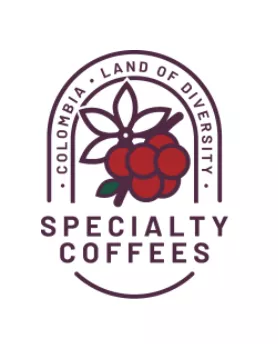
But prior to organizing the LOD, Colombia had previously been a participant in the COE, and after the 2015 COE competition, announced the suspension of the COE's program in Colombia. in 2016, Colombia hosted the inaugural coffee quality competition Land of Diversity. the competition was meant to show the world that Colombian coffee is not only balanced in flavor, but also diverse in style, while using a post-competition auction to encourage more coffee farmers to become more committed to growing their beans.
The LOD competition is judged in five areas, including acidity, balance, clean cup, body and (non-traditional) exotic flavors, to encourage farmers to grow better flavored coffees.
So the various magical special treatments now available in Colombia are also related to the LOD judging system. the LOD up for auction beans, 26 in total, and the beans we generally see online that say LOD bid lot are the ones we get in this auction each year.
lastly
Colombian coffee is a source of both production and quality. Not only are there a lot of tree species, but its classic washed treatment has always been a favorite of mine. But in the last couple of years, because of developments in the industry and technology, Colombia has started to innovate in its treatments, only to have many amazing and flirty treatments on the market now. Some very refreshing, some very overwhelming.
What the future holds for the treatment may need to be tested by the market, so if you like this particular type of treatment, get it and try it!